
I recommend using the water drinking reminder PickAqua, which regularly reminds not only to drink, but additionally motivates the user to drink water with various interesting facts about water at each reminder.
Go for smaller sips, but more often!
PickAqua drink reminder calculates at the same time the mineral amount you consume from the water.
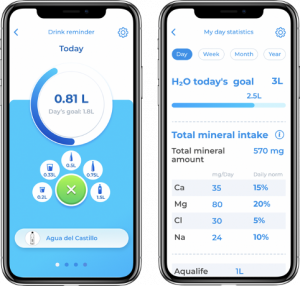


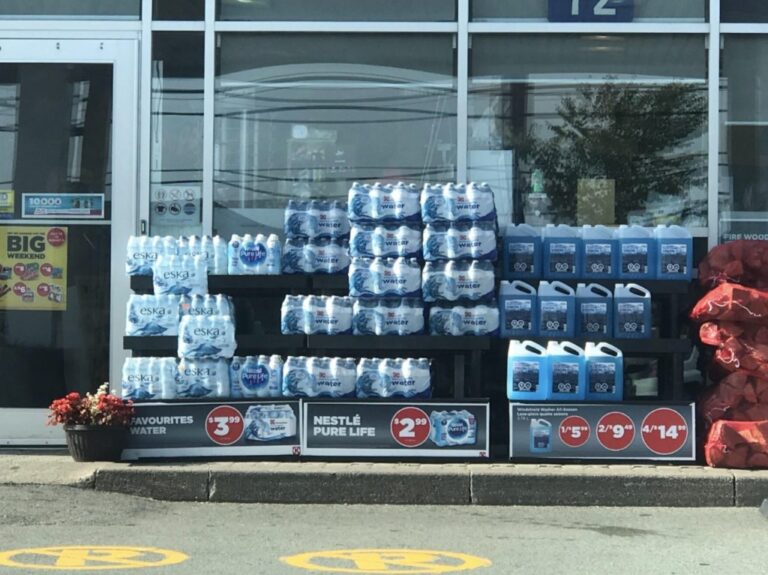
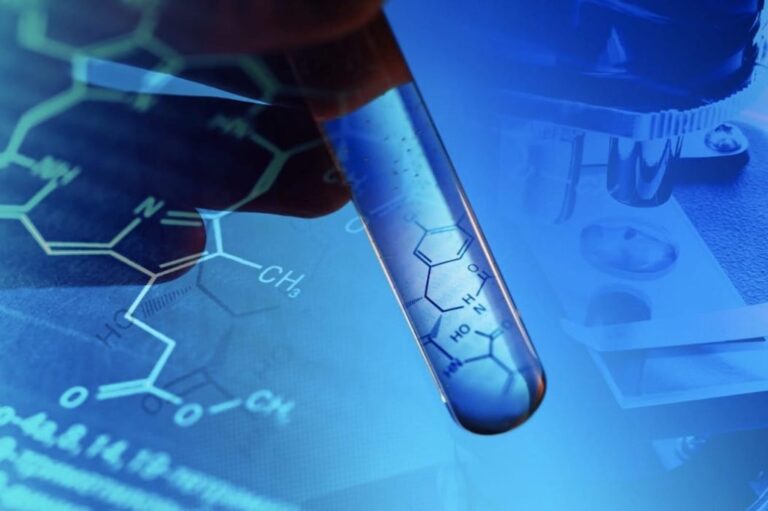
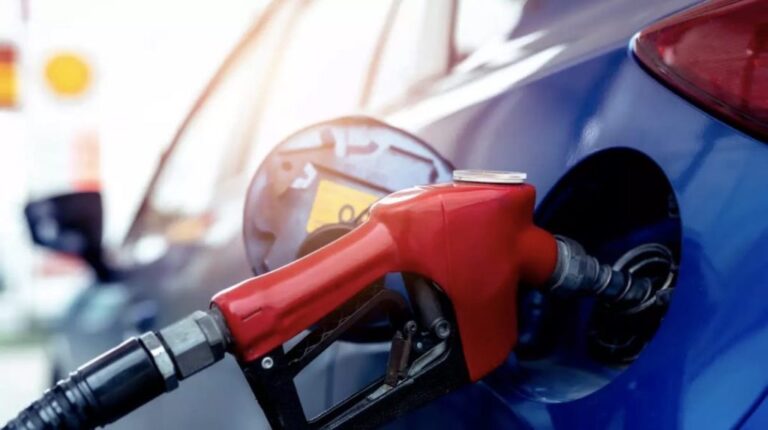


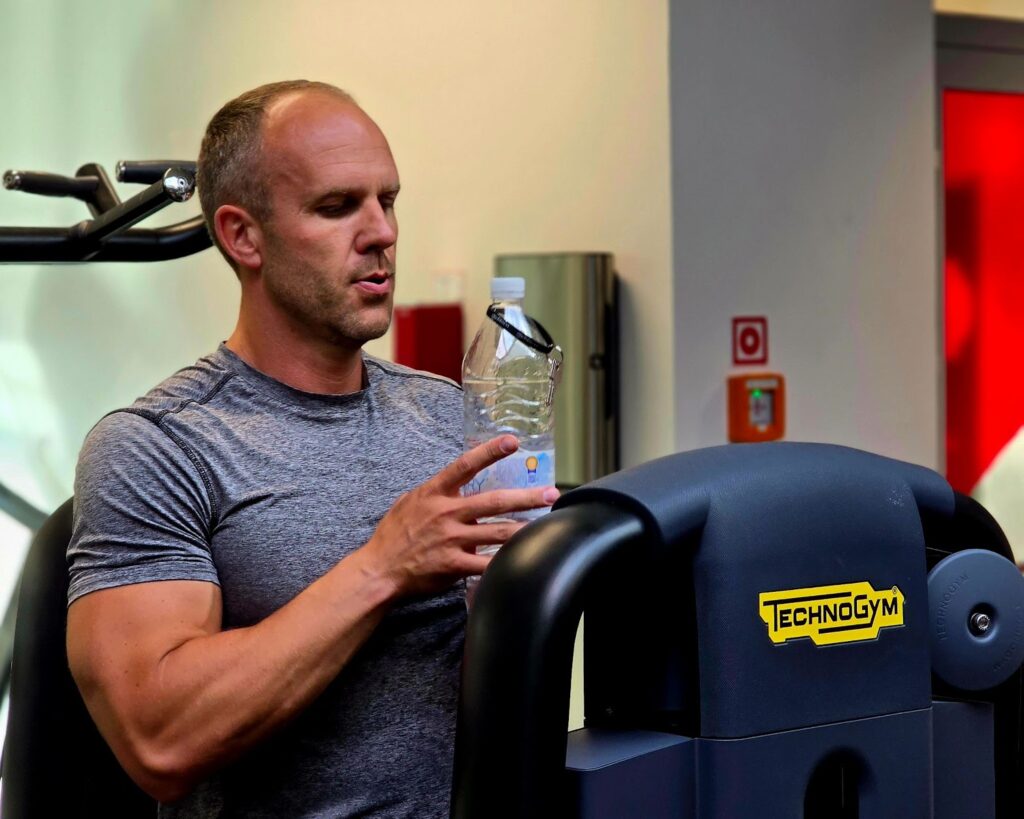
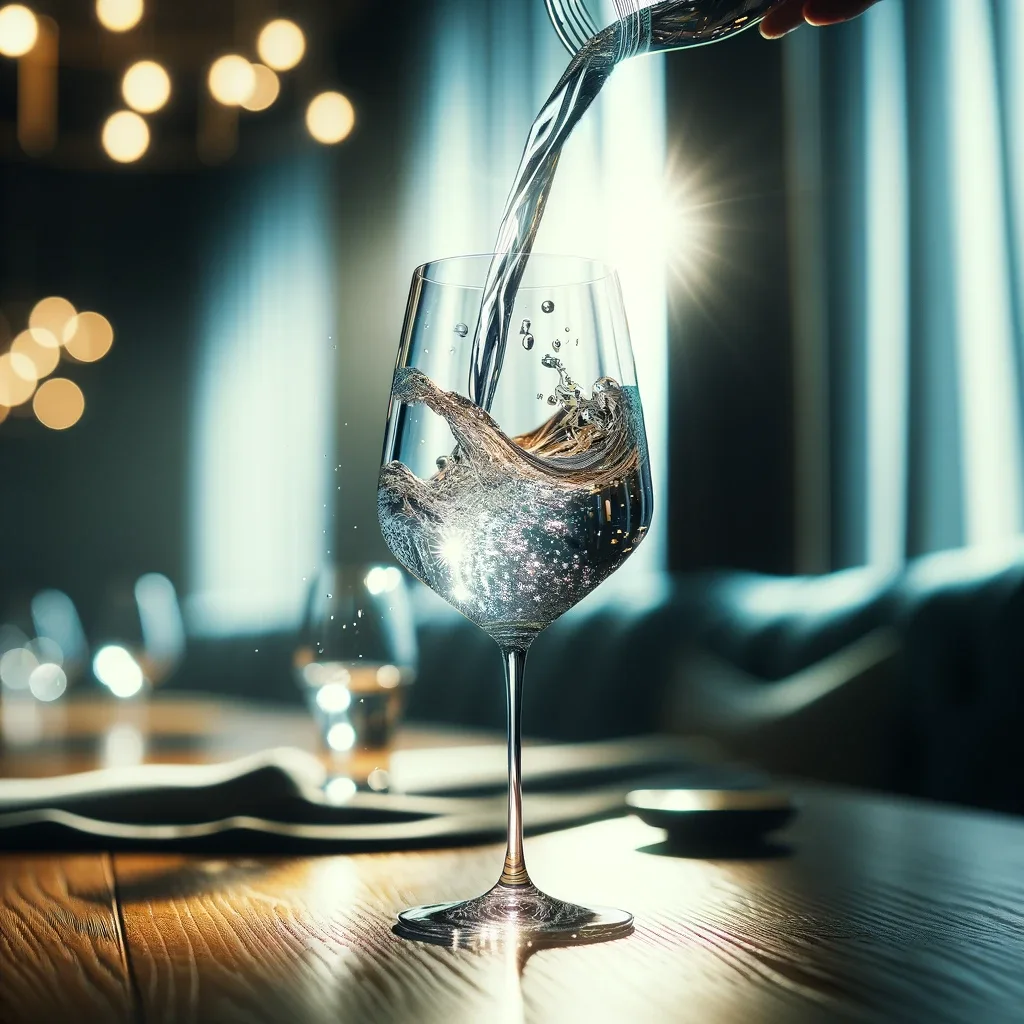

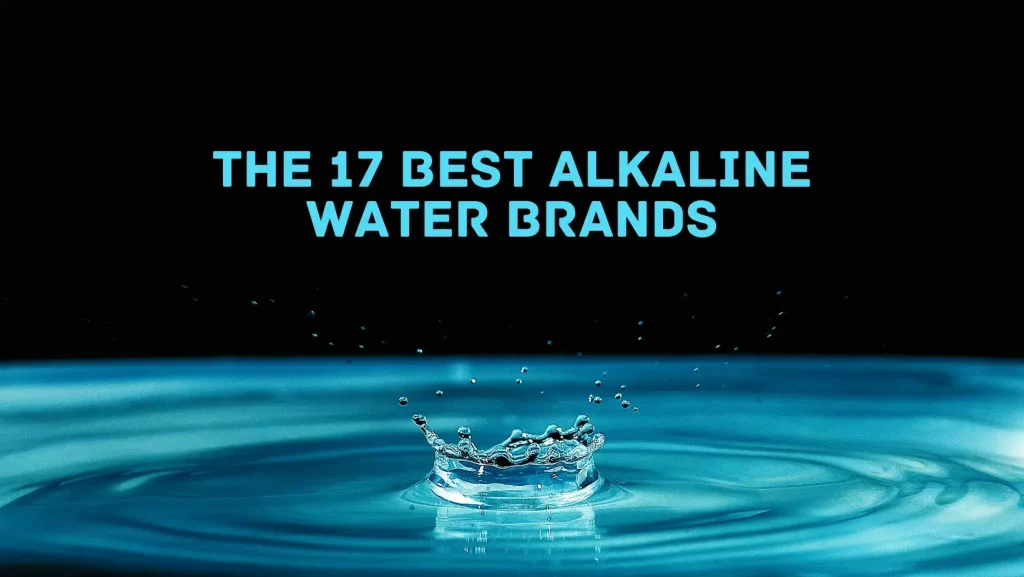

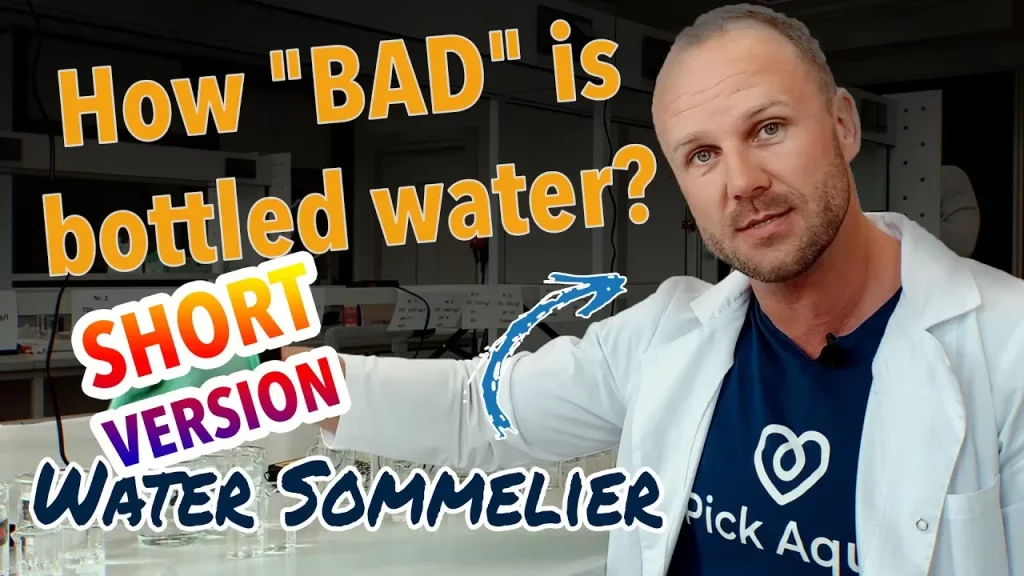


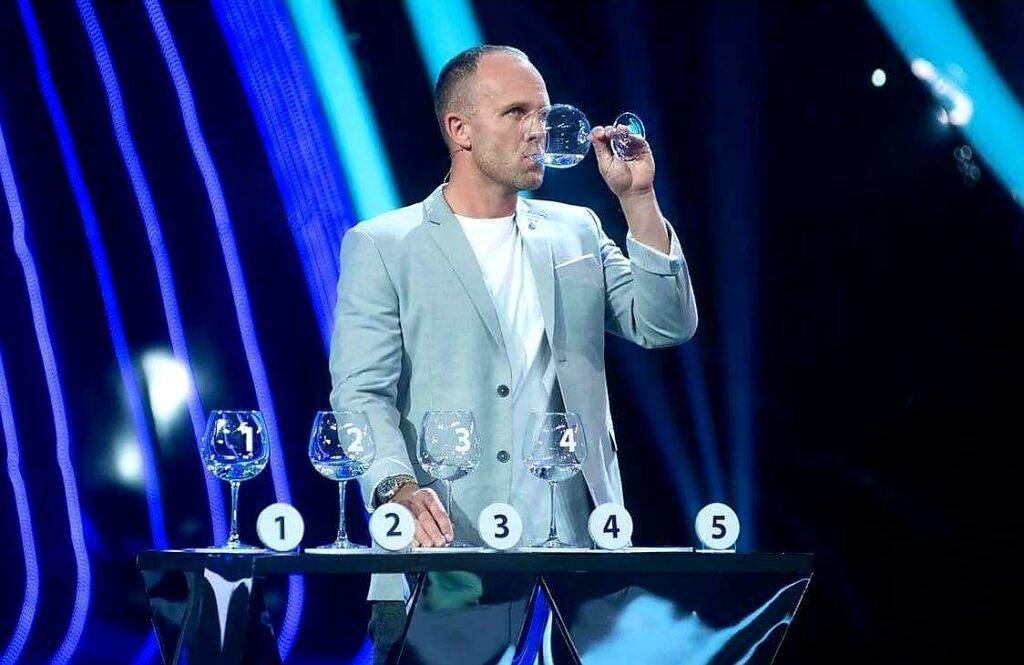
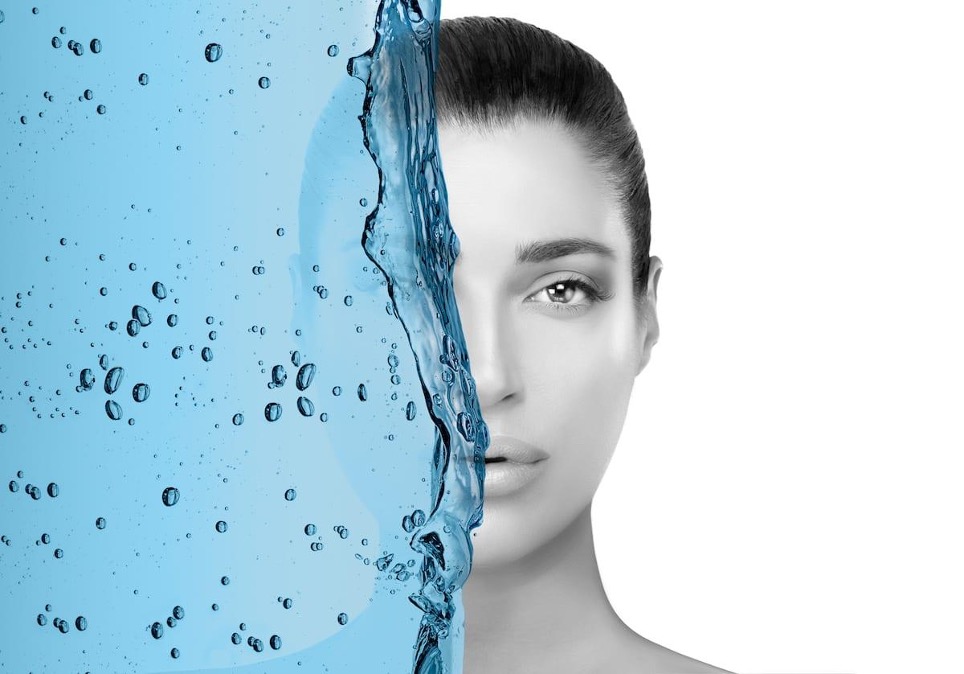
No comment yet, add your voice below!